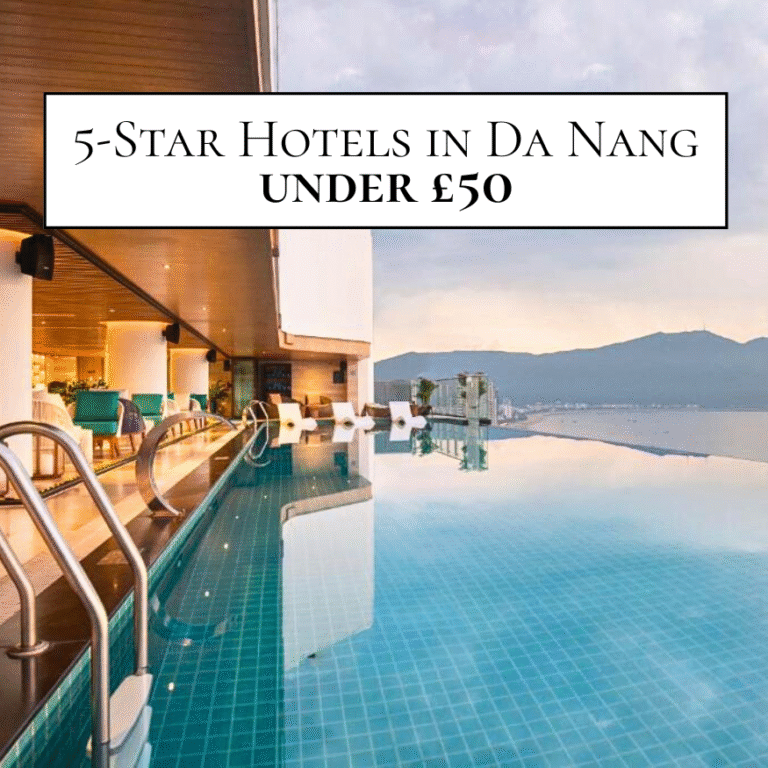Da Nang Vietnam: Travel Guide

Da Nang, Vietnam is the kind of place that surprises you – in the best way. It’s clean, calm, and easy to explore. You get a mix of city life, stunning beaches, and mountain views. And the best part? It’s not overrun with tourists.
This Da Nang travel guide will walk you through everything you need to know. From dreamy beaches and local eats to temples and hidden trails, it’s all here. If you’re building a Da Nang itinerary, or just curious about the best time to visit Da Nang, you’re in the right place.
The city strikes a rare balance. It feels both peaceful and full of life. So whether you’re into food, views, or just a good beach nap, Da Nang is worth a visit.
Things to do in Da Nang


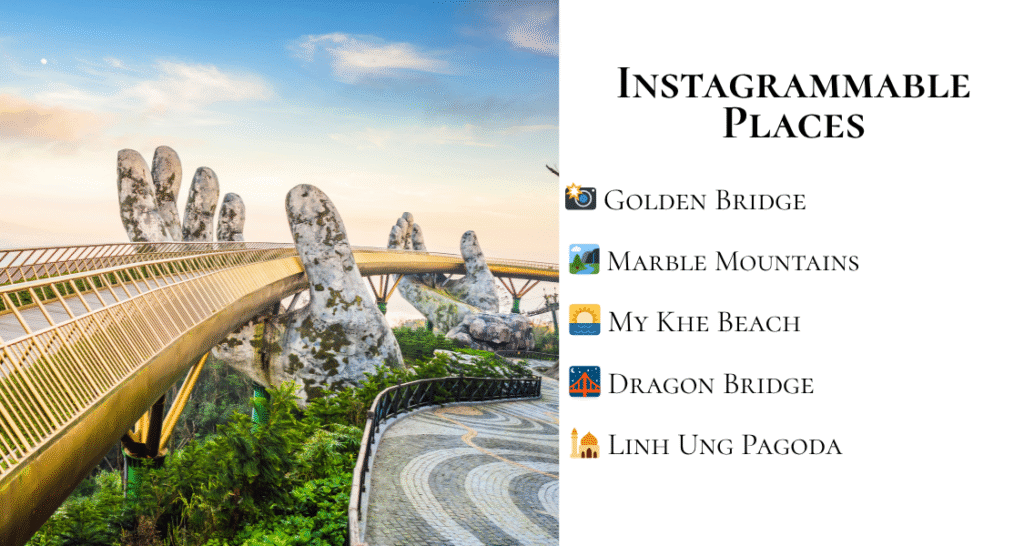
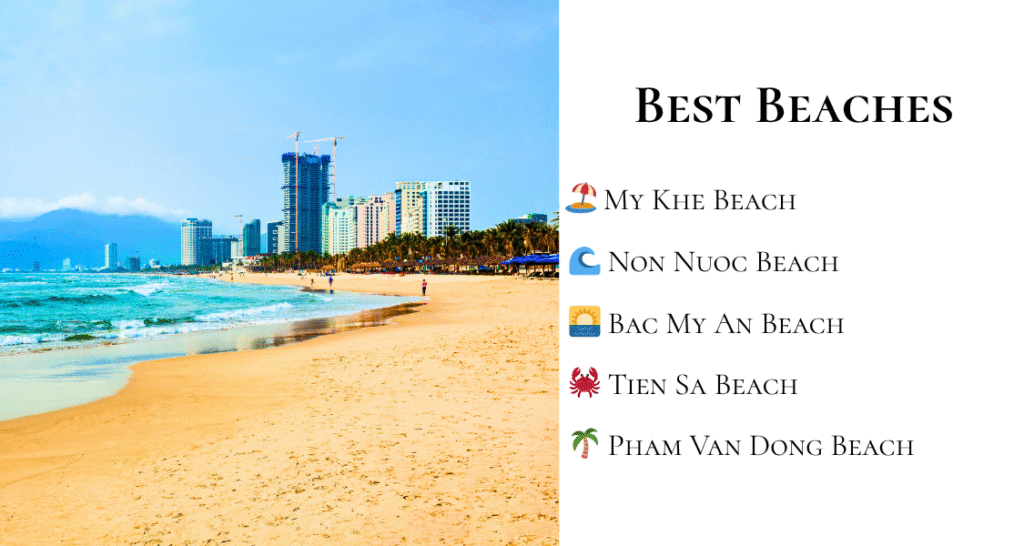
Best time to visit Da Nang
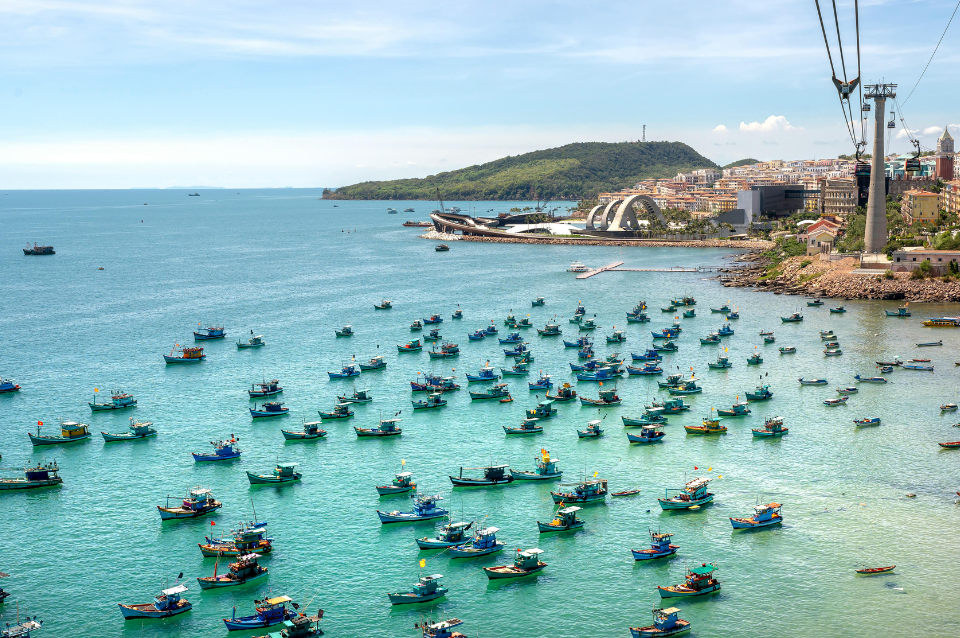
🌸 Spring (March–May)
Spring in Da Nang is sunny, breezy, and beautifully warm. Temperatures range from 24–30°C, with low humidity and very little rain. It’s one of the best times to enjoy Da Nang beaches, explore or take a motorbike ride. Tourist crowds are still light in March, but things get busier closer to May. Hotel rates are fair, and the weather is ideal for both sightseeing and swimming.

☀️ Summer (June–August)
Summer brings the heat. Expect highs between 30–35°C, with lots of sunshine and a more humid feel. This is peak beach season in Da Nang Vietnam, especially for local families and travellers from nearby countries. While it’s hot, it’s also fun—great for days by the sea, rooftop sunsets, and cool cafés. Just book early, as this is a popular time to visit and hotels near the water fill up fast.

🍁 Autumn (September–November)
Autumn is quieter and a bit more unpredictable. September starts warm, but October and November bring increased rainfall. You may get sunny mornings followed by brief afternoon showers. Still, this shoulder season is worth considering. You’ll find fewer crowds, softer light for photos, and great deals on places to stay.
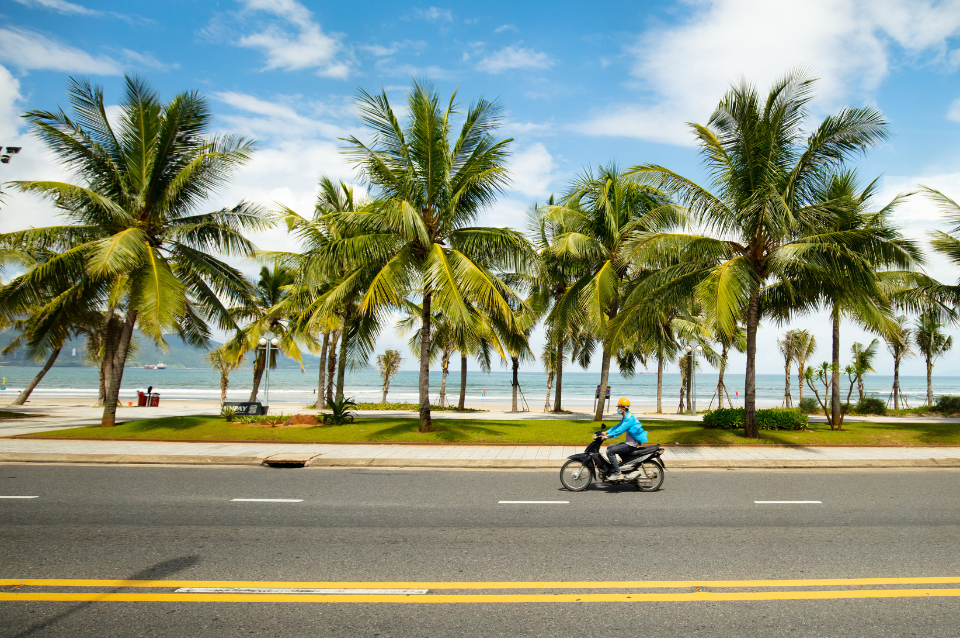
❄️ Winter (December–February)
Winter in Da Nang is cool and dry. Temperatures drop slightly, ranging from 18–24°C, especially in January. It’s comfortable weather for walking tours, temple visits, and day trips to nearby Hoi An. There’s less beach action during this season, but the calm vibe is perfect for a laid-back trip. If you’re planning a chill getaway with fewer tourists, this might be your sweet spot.
Where to stay in Da Nang
Da Nang FAQ
1. How long should you stay in Da Nang?
📅 A stay of 3 to 5 days in Da Nang is ideal for most travelers. This gives you enough time to enjoy the city’s beaches, explore local markets, and take a few day trips—like visiting the Marble Mountains or the ancient town of Hoi An nearby. If you’re building a longer Da Nang itinerary, you could stretch it to a week, especially if you plan to mix in beach time, food tours, and some wellness or spa days.
Whether you’re stopping through or making it a base, Da Nang Vietnam offers a relaxed pace and plenty of variety—so it never feels rushed, even on a short trip.
2. Is Da Nang safe?
🏖️ Yes, Da Nang Vietnam is considered one of the safest cities in the country for travelers. It has a laid-back, friendly vibe, and violent crime is rare. Most visits are smooth and worry-free. That said, like in any city, it’s smart to stay aware of your surroundings. Petty theft, like pickpocketing or bag snatching, can happen in busy areas or on crowded beaches—so keep your valuables secure.
🌄At night, Da Nang is generally calm. Popular areas like the riverside promenade, My Khe Beach, and the city center stay well-lit and active into the evening. Taxis and ride apps like Grab are easy to use if you’re heading home late. For solo travelers, Da Nang is a great choice. Locals are helpful, and it’s easy to get around. Whether you’re exploring alone during the day or walking along the beach at sunset, it feels safe and welcoming.
3. What’s the easiest way to get to Da Nang?
Getting to Da Nang is simple, thanks to its international airport Da Nang International Airport (DAD)—which is just a 10–15 minute drive from the city center.
- ✈️ From Europe, there are no direct flights yet, but it’s easy to connect through hubs like Bangkok, Doha, Singapore, or Kuala Lumpur. You can fly to Bangkok with many airlines, then hop on a short 1.5-hour flight to Da Nang.
- ✈️ From the USA, you’ll also need a stopover. Most travelers connect via Tokyo, Seoul, or Taipei before flying into Da Nang. It’s a long journey, but connections are smooth with major airlines.
- ✈️ From Asia, it’s super convenient. There are direct flights to Da Nang from cities like Singapore, Seoul, Kuala Lumpur, Bangkok, Hong Kong, and several cities in China.
- ✈️ From Africa, routes often go through the Middle East—Doha or Dubai—then connect via Southeast Asia. While it takes a bit longer, the connections are reliable.
Once you arrive, the airport is modern and hassle-free. It’s one of the easiest parts of your Da Nang Vietnam adventure.
4. How to get around Da Nang?
Getting around Da Nang is easy and affordable, whether you’re here for a few days or a fullitinerary.
- 🚖 The most popular way to explore is by Grab (Southeast Asia’s version of Uber). It’s cheap, safe, and works well for both short rides and airport transfers. Just download the app and you’re good to go.
- 🚲 For a bit more freedom, you can rent a scooter, which is great for cruising along the coast or heading up the Hai Van Pass. Just be cautious—traffic can be hectic if you’re not used to Vietnamese roads.
- 🚲 Prefer to take it slow? Bicycles are a relaxing option for beachside rides or exploring local neighborhoods. And many hotels offer them for free or at low cost.
- 🚙Taxis are widely available too, but make sure they use the meter. If you’re staying central, some areas—like the riverside and beach paths—are also very walkable.
- 🚌 Public buses run through the city and connect to nearby spots like Hoi An, but they can be slow and less convenient for tourists. There’s no metro yet, but Da Nang’s train station makes it easy to travel onward to Hue or Nha Trang.
5. Is English spoken in Da Nang?
Yes, English is widely spoken in Da Nang, especially in areas popular with tourists. Hotels, restaurants, tour operators, and cafes often have English-speaking staff, so getting around is generally easy for English-speaking travelers.
That said, in more local neighborhoods or markets, English may be limited. A few basic Vietnamese phrases (or a translation app 📱) can go a long way and often earn you a smile!

